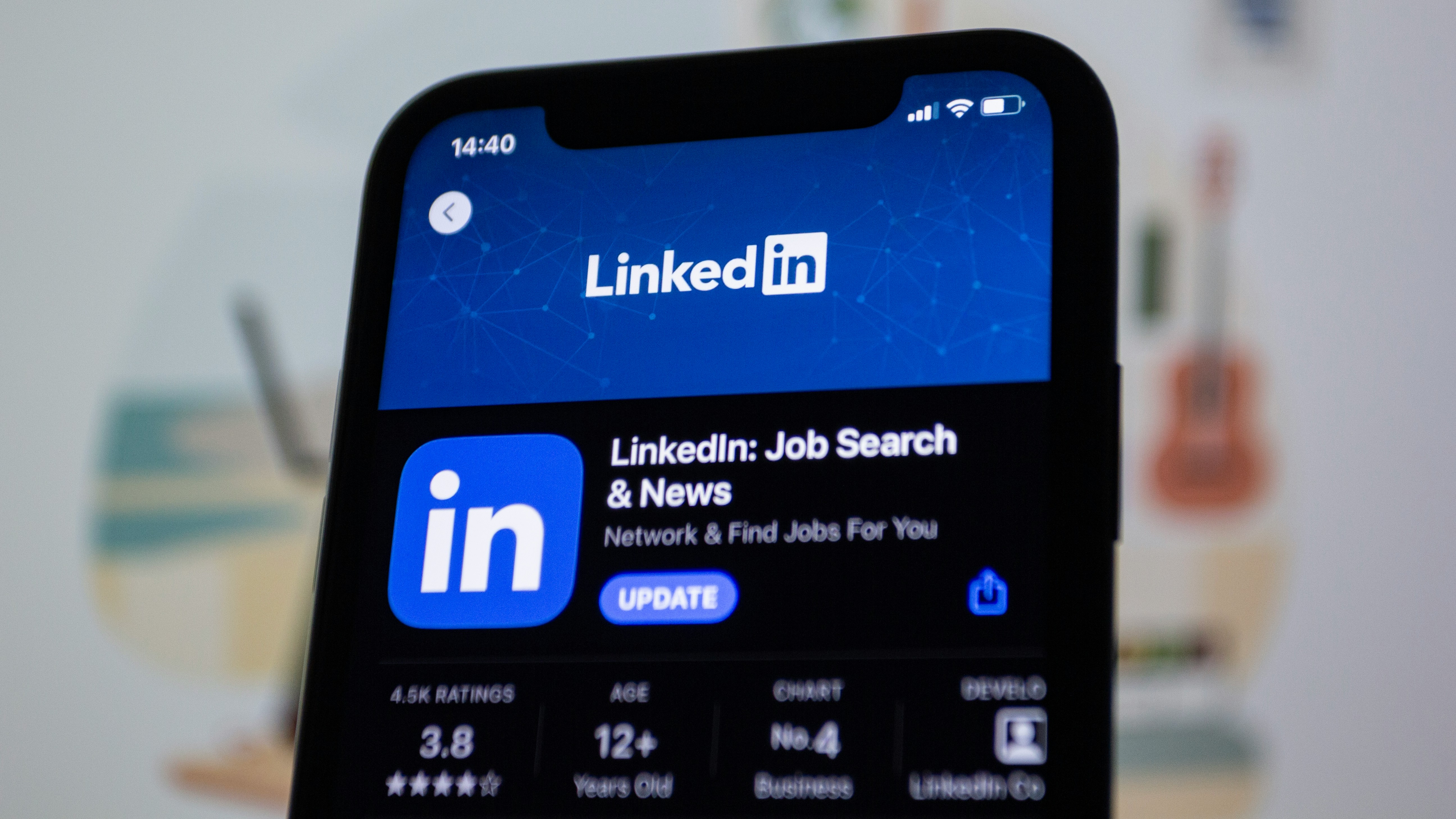
Top 10 Skills in Edge Computing According to LinkedIn & Indeed Job Postings
Edge computing is rapidly transforming how data is processed, analysed, and acted upon—right at the source. Across the UK, sectors such as IoT, manufacturing, autonomous vehicles, retail, and healthcare are deploying edge solutions to reduce latency, reduce network load, enhance reliability, and improve privacy.
As organisations invest in decentralised architecture, demand for professionals who understand both hardware and software at the network’s edge is soaring. But what skills are employers prioritising in 2025? By analysing job postings from LinkedIn and Indeed, this article distils the Top 10 edge computing skills UK employers are seeking—and how you can showcase them on your CV, in interviews, and through hands-on proof-of-work.
Quick Summary: Top 10 Edge Computing Skills Employers Want in 2025
Embedded systems & hardware interfacing
IoT protocols & connectivity (MQTT, CoAP, LoRaWAN, BLE)
Edge AI & model optimisation (TinyML, quantisation)
Containerisation & orchestration at the edge (Docker, Kubernetes, K3s, KubeEdge)
Real-time data processing & stream computing (Kafka, Flink, edge stream services)
Cloud–edge integration & hybrid architecture
Security & privacy at edge (secure boot, enclave, TLS, LwM2M)
Operating systems & bare-metal runtime (Linux, RTOS, Zephyr)
Monitoring & remote device management
Communication & cross-disciplinary collaboration
1) Embedded Systems & Hardware Interfacing
Why it’s essential:Edge roles often require hands-on work with sensors, microcontrollers, and hardware interfaces like SPI, I²C, UART, GPIO. Employers expect engineers who can read datasheets, write device drivers, and optimise embedded performance.
What job ads often say:“Experience with ARM Cortex-M, Raspberry Pi, or microcontroller programming”, “C/C++ hardware interfacing”, “sensor integration”.
How to evidence it on your CV:
“Integrated temperature and vibration sensors via I²C on Raspberry Pi, reducing latency to sub-10ms.”
“Developed C driver for SPI accelerometer with DMA, cutting CPU load by 40%.”
Interview readiness:Be prepared to explain pull-up resistors, I²C addressing, or your approach to debugging signal noise.
2) IoT Protocols & Connectivity (MQTT, CoAP, LoRaWAN, BLE)
Why it matters:Edge devices must communicate over varied networks—MQTT over TCP, CoAP over constrained networks, even LoRaWAN in low-power wide-area contexts. Employers want familiarity with these protocols and constraints like bandwidth, battery life, and reliability.
What job ads often say:“Experience with MQTT, CoAP, BLE, LoRaWAN”, “edge data ingestion”, “low-bandwidth IoT networks”.
How to evidence it:
“Built LoRaWAN sensor gateway with MQTT bridge, achieving 500m range and stable 50% duty cycle.”
“Optimised CoAP communication for low-power sensors, extending battery life by 35%.”
Interview readiness:Expect questions on QoS levels, UDP trade-offs, or connection persistence strategies.
3) Edge AI & Model Optimisation (TinyML, Quantisation)
Why it’s growing:As compute power grows at the edge, running AI models locally has become feasible. Employers look for skills in compressing models for TinyML, pruning, quantisation (INT8), and efficient inference on microcontrollers or embedded GPUs.
What job ads often say:“Experience with TinyML, model quantisation, TensorFlow Lite, ONNX”, “edge inference”.
How to evidence it:
“Quantised CNN to INT8 for object detection on Jetson Nano, achieving 20 FPS at 85% accuracy.”
“Deployed TinyML model on microcontroller with 64 KB flash, reducing inference latency by 70%.”
Interview readiness:Be ready to discuss accuracy vs performance trade-offs, quantisation artifacts, and model footprint optimisation.
4) Containerisation & Orchestration at the Edge
Why it’s critical:Edge environments benefit from lightweight containers. Employers seek experience with Docker, K3s, KubeEdge, or micro-Kubernetes setups—enabling consistent deployment across devices.
What job ads often say:“Edge containerisation with Docker or K3s”, “orchestration with KubeEdge or microK8s”.
How to evidence it:
“Deployed K3s cluster across 5 edge nodes for sensor fusion workloads with rolling updates.”
“Built Docker image for predictive maintenance model and deployed via KubeEdge to factory floor.”
Interview readiness:Expect troubleshooting questions around network overlays, limited RAM, or container startup on constrained hardware.
5) Real-time Data Processing & Stream Computing
Why it’s valued:Edge systems often need real-time processing—for anomaly detection, local actuation, or summarising data before sending upstream. Employers mention Apache Kafka, Apache Flink, or edge-specific stream capabilities.
What job ads often say:“Stream processing on the edge”, “experience with Kafka/Flink or similar tools”.
How to evidence it:
“Built Flink pipeline on edge node for local anomaly detection, producing alerts within 50ms.”
“Buffered data locally and streamed to central Kafka cluster, reducing bandwidth by 60%.”
Interview readiness:Be ready to explain windowing, low-latency constraints, or state management on the edge.
6) Cloud–Edge Integration & Hybrid Architecture
Why it’s essential:Most edge deployments integrate with cloud infrastructure—for coordination, orchestration, or longer-term model training. Employers value understanding of hybrid architecture: edge nodes calling cloud APIs, model updates, and federation.
What job ads often say:“Experience in edge-to-cloud systems”, “hybrid architecture design”, “secure syncing between edge and cloud”.
How to evidence it:
“Implemented secure firmware update channel from cloud to edge devices using mutual TLS.”
“Built hybrid pipeline: local filtering on edge, batch analysis on cloud.”
Interview readiness:Expect architecture diagrams showing edge–cloud communication, versioning, and fallback modes.
7) Security & Privacy at the Edge
Why it’s paramount:Edge devices are physically accessible and deployed in varied locations, increasing risk. Employers emphasise skills like secure boot, enclave implementation, TLS encryption, and lightweight management protocols such as LwM2M.
What job ads often say:“Edge security expertise—secure boot, TLS, enclave”, “IoT privacy best practices”, “device authentication”.
How to evidence it:
“Implemented secure boot chain using TPM on edge gateway, preventing unauthorised firmware.”
“Secured MQTT transport with mutual TLS and device certificates.”
Interview readiness:Be ready to discuss threat models at edge, key rotation, or securing local storage.
8) Operating Systems & Bare-Metal Runtime (Linux, RTOS, Zephyr)
Why it’s demanded:Edge engineers must often customise or strip-down operating systems, from lightweight Linux (Yocto) to real-time OSes (Zephyr, FreeRTOS) to meet latency, memory, or safety requirements.
What job ads often say:“Embedded Linux or RTOS experience”, “wide familiarity with OS tuning for edge deployment”.
How to evidence it:
“Built Yocto-based Linux image with custom services and 50% smaller footprint.”
“Developed application on Zephyr RTOS with deterministic 5 ms response time.”
Interview readiness:Expect questions on interrupt handling, scheduling, or memory constraints in microcontrollers.
9) Monitoring & Remote Device Management
Why it’s necessary:Managing fleets of edge devices requires reliable monitoring, OTA updates, health checks, logging, and remote diagnostics. Employers often mention platforms such as AWS IoT Device Management or custom dashboards.
What job ads often say:“Remote device monitoring and management”, “OTA updates”, “edge health dashboards”.
How to evidence it:
“Set up OTA update system using AWS IoT Device Management—rolled out new models over 1k devices risk-free.”
“Built Grafana dashboard tracking CPU, memory, connectivity of remote edge devices, reducing support tickets by 60%.”
Interview readiness:Be ready to outline how you’d monitor fleets across connectivity challenges or intermittent networks.
10) Communication & Cross-Disciplinary Collaboration
Why it matters:Edge computing sits at the intersection of hardware, software, networking, and sometimes regulation or robotics. Employers value professionals who articulate technical trade-offs clearly across teams.
What job ads often say:“Strong communicator”, “collaborate with hardware, software, operations and stakeholders”.
How to evidence it:
“Presented prototype of edge inference model to executive board, securing rollout funding.”
“Led meetings between hardware and cloud teams to align deployment strategy, reducing deployment issues by 80%.”
Interview readiness:Expect scenario-based questions where you simplify technical edge concepts for cross-functional stakeholders.
Honorable Mentions
Edge analytics & federated learning
Low-power design & battery management
5G edge integration and MEC (multi-access edge compute)
Digital twins at edge
How to Prove These Skills
Portfolio: GitHub with embedded demos, Docker edge images, edge-AI models, dashboard snapshots.
CV: measurable outcomes (latency reduced, battery increased, data traffic dropped).
ATS optimisation: mirror terms like “TinyML”, “K3s”, “MQTT”, “embedded Linux”, “OTA”.
Interview prep: have project stories ready—describe edge challenge, your solution, metrics, and trade-offs.
UK-Specific Hiring Signals
Manufacturing and Industry 4.0 roles in Midlands and North West emphasise real-time edge analytics.
Smart city and transport pilot programmes in Bristol and London highlight security and low-latency IoT.
Healthcare and agriculture use edge to keep sensitive data local—privacy and ruggedisation are valued.
Suggested 12-Week Learning Path
Weeks 1–3: Embedded systems + sensor interfacing + protocol basicsWeeks 4–6: Containerisation (Docker) + TinyML model deploymentWeeks 7–8: RTOS or embedded Linux runtime + security modulesWeeks 9–10: Edge–cloud integration + OTA and monitoring setupWeeks 11–12: Capstone: end-to-end edge solution—sensor to dashboard to update pipeline
FAQs
What is the most in-demand edge computing skill in the UK?Embedded systems engineering combined with IoT protocol knowledge (e.g., MQTT) appears frequently.
Do employers expect edge AI skills?Yes—TinyML, model optimisation, and inference with limited compute are rising fast.
Is containerisation widely used at the edge?Absolutely. Lightweight container orchestration (e.g., K3s, KubeEdge) is increasingly common.
Are security skills important for edge roles?Yes—secure boot, TLS, enclave usage, and device authentication are often required.
Final Checklist
Headline & About: emphasise edge computing focus
CV: highlight impact—latency, battery life, update success, data reduction
Skills section: embedded systems, IoT protocols, TinyML, containers, security, monitoring, collaboration
Portfolio: sensor integrations, edge models, OTA demos, dashboards
Keywords: align with UK job postings—“MQTT”, “TinyML”, “edge AI”, “K3s”
Conclusion
Edge computing roles in the UK for 2025 demand a unique blend of hardware know-how, software agility, model efficiency, security, and cross-team fluency. Employers are consistently seeking talent proficient in embedded systems, IoT protocols, edge AI, containerisation, real-time processing, cloud integration, security, and device management. Demonstrate these capabilities with projects and clarity—and you'll align strongly with how LinkedIn and Indeed define the edge computing specialist of today and tomorrow.


